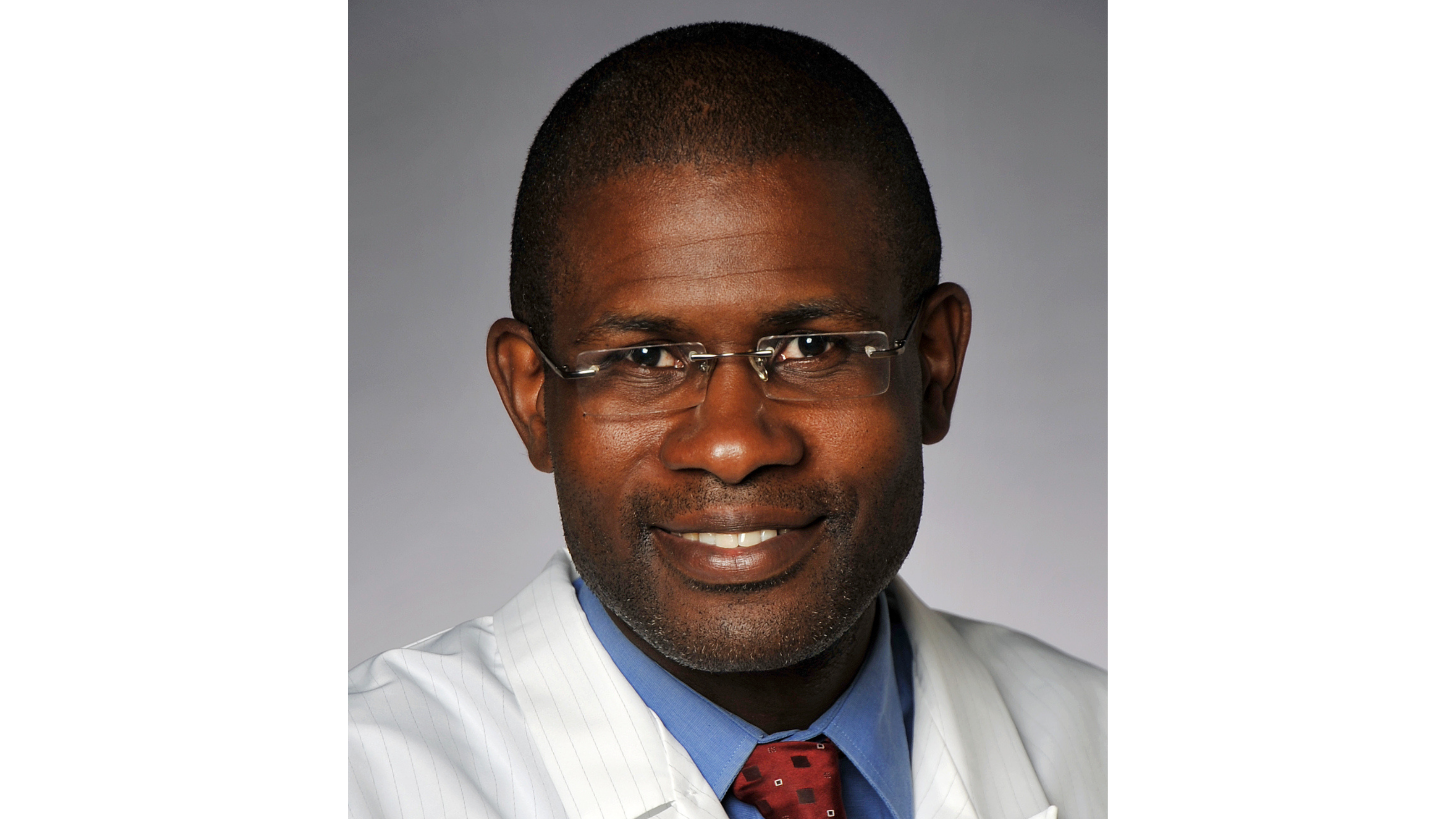Cartilage is a big deal. It shapes our ears and noses, helps our vertebrae stack neatly and cushions high-impact joints like our knees and elbows. But when cartilage breaks down over time, it doesn’t grow back, leading to painful conditions such as osteoarthritis.
In other words: once cartilage is gone, it’s gone — unless Adetola Adesida, a professor in the Department of Surgery, can help it. His lab is developing strategies to engineer cartilage and has recently discovered a way to 3-D print custom-shaped cartilage for skin cancer patients living with nasal defects after surgery.
In this week’s Innovator Spotlight, Adetola shares the power of a blank notebook and his burgeoning work in space biology (yes, space biology!).
How do you describe your work to people who don’t work in your field?
Every part of the human body is built and maintained by living cells. My work revolves around using living cells with materials that cells like to make body parts for replacement therapies or as models to study diseases.
What’s one big problem you want to solve through your work?
Just about everyone knows someone in their family who has osteoarthritis, especially in the knee joint. It’s a massive problem in Canada and the rest of the world. The wear and tear of structures known as cartilage seem to be central to its cause. Knee osteoarthritis is debilitating. It negatively impacts the occupational capacity and quality of life of sufferers. There is no cure, and our best option to end it is a knee replacement made from metals and polymers. I want to use biology, chemistry, and engineering principles to make living cartilage structures from patients’ cells to fix and replace damaged cartilage.
What does the word “innovation” mean to you?
Innovation means identifying an unmet need or problem and crafting a disruptive solution from diverse perspectives, knowledge, and wisdom. Innovation is never a solo sprint but one of collaborative marathons.
What’s been your most significant a-ha moment — in life or work — so far?
I knew early in life that I wanted to be a life scientist of some sort, but I did not know which speciality to do. That changed after my fellowships in Europe and the United States when I was introduced to tissue engineering and regenerative medicine approaches to create functional body parts.
How do you or your team come up with your best ideas?
Our most innovative ideas tend to come up during lab meetings or brainstorm sessions after critiquing scientific literature. It is not unusual for me to reflect on scientific literature alone with a blank notebook page and pen in-hand to capture my innovative ideas for further exploration.
Do you have a role model at the U of A? How have they influenced you?
Nadr Jomha, an orthopedic surgeon and the director of orthopaedic research at the U of A’s surgery department. He was instrumental in my recruitment to the U of A from Europe more than ten years ago. And he continues to be incredibly supportive of my research career at the U of A.
What’s next for you? Do you have any new projects on the horizon?
Space biology and what it has to offer human health on Earth is my next big thing. My research team and I are interested in understanding how space microgravity impacts knee health.
This conversation has been edited for brevity and clarity.
Innovator Spotlight is a weekly feature that introduces you to a faculty or staff member whose big ideas are making a big difference.
Do you know someone who’s breaking boundaries at the U of A? (Maybe it’s you!) We’re interested in hearing from people who are creating new solutions to make our world better. We want to feature people working across all disciplines, whether they’re championing bold ways of thinking, driving discovery or translating insights from the lab into the market.
Get in touch at blog@ualberta.ca.
